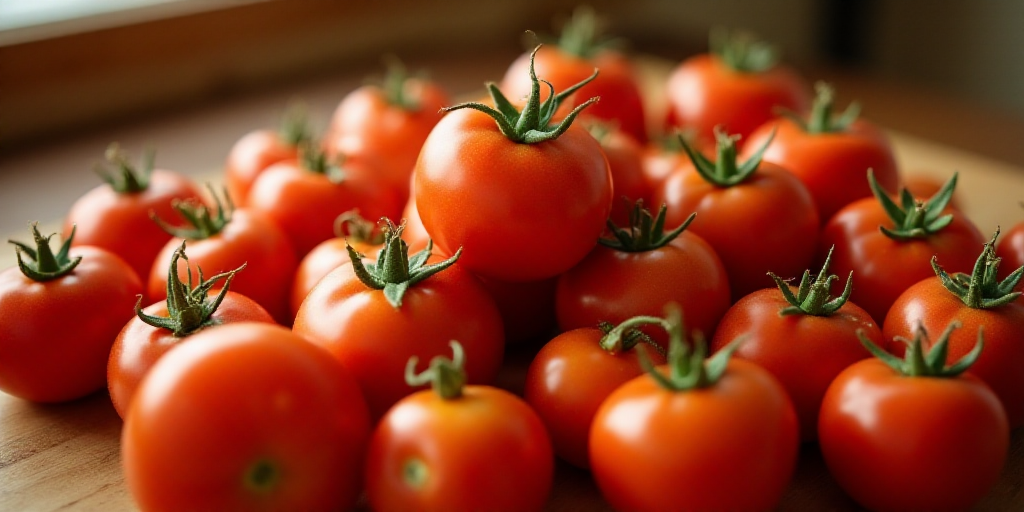Background on Tomato Exports and Their Current State
In the face of trade uncertainty, Mexican tomato exports have experienced a significant 19.2% interannual decline in the first half of 2025, reaching a value of $1,421 million. This represents the most pronounced drop for a first-half period since 2012, when the interannual variation was -20.1%. The $1,421 million value is also the lowest since January-June 2022, when it stood at $1,328 million.
US Trade Policies and Their Impact
In July of the previous year, the United States decided to terminate the Tomato Suspension Agreement of 2019 and subsequently imposed an anti-dumping duty of 17.09% on Mexican tomato imports. The uncertainty began in April when the US Department of Commerce announced its intention to withdraw from the 2019 Suspension Agreement and issue an anti-dumping order on fresh tomato imports from Mexico.
According to the Group of Agricultural Market Consultants (GCMA), these new regulations could result in a 25% decrease in tomato exports by the end of the year, potentially affecting up to 100,000 jobs in the sector.
Historical Context of Tomato Exports to the US
Since April 1996, investigations have been conducted on Mexican tomato exports to the US due to unfair trade practices (selling below fair value). However, suspension agreements were established in 1996, 2002, 2008, and 2013. The most recent agreement was signed on September 19, 2019. A quinquennial review in 2024 concluded that dumping was likely to persist with margins as high as 30.48%. The US officially withdrew from the agreement on April 14, 2025.
Government Response and Concerns
To counteract the effects, Mexico’s Secretariats of Economy and Agriculture recently set minimum export prices for tomatoes. This decision has caused unease among domestic producers, who worry about the sector’s profitability and potential implicit recognition of dumping practices.
The GCMA emphasized that to advance towards a new agreement with the US, it’s crucial to include acceptable verification mechanisms (third-party audits or international certifications) and transparent economic analysis on costs and margins.
Broader Agricultural Export Trends
In the first six months of 2025, agricultural and food exports totaled $27,352 million, marking a 4.4% decrease compared to the same period in 2024. Despite reduced sales, the agricultural trade balance remained positive at $5,155 million, though it dropped 19.8% from the same period in 2024.
“This positive outcome was achieved despite declines in six of the eight leading export products, with drops ranging from 1% to 29%”, noted the GCMA.
Key Agricultural Export Products and Their Performance
- Beer: $3,390 million, -1%
- Avocado: $2,235 million, +23.5%
- Berries: $1,942 million, -6.6%
- Tequila: $1,913 million, -8.7%
- Bovine (meat + livestock): $1,449 million, -29.3%
- Tomato: $1,421 million (sixth-largest export product)
Key Questions and Answers
- What is the current state of Mexican tomato exports? Mexican tomato exports have experienced a 19.2% interannual decline in the first half of 2025, reaching $1,421 million.
- What US trade policies have impacted Mexican tomato exports? The United States terminated the Tomato Suspension Agreement of 2019 and imposed a 17.09% anti-dumping duty on Mexican tomato imports.
- What are the concerns of domestic tomato producers? Producers worry about the sector’s profitability and potential implicit recognition of dumping practices due to minimum export prices set by the government.
- How have other agricultural exports performed in 2025? While some products like beer and avocado have shown growth, others such as berries and bovine have experienced declines.






